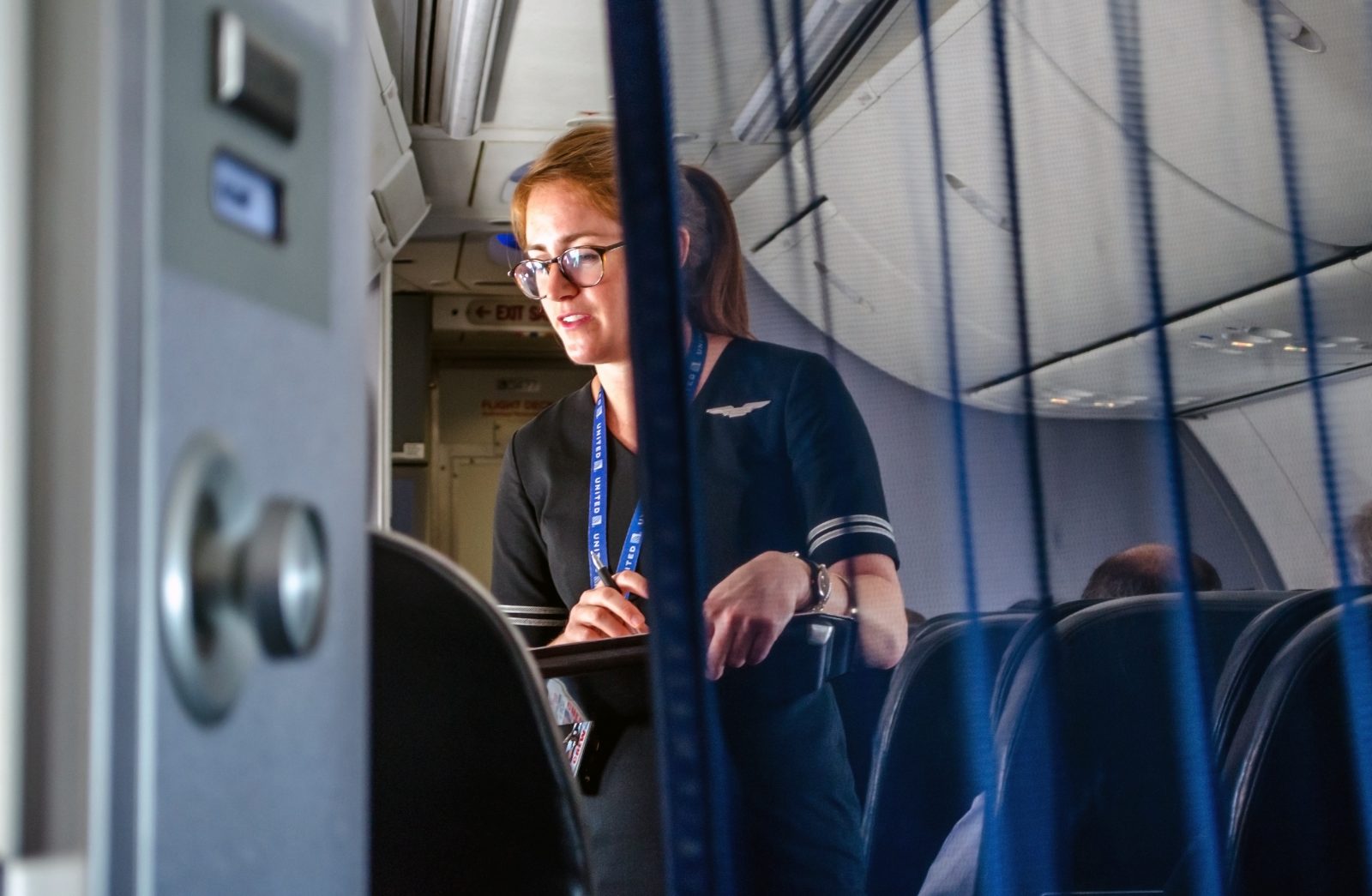
Flight attendants at United have found themselves locked in battle with airline management over long telephone hold times. With so many last-minute schedule changes, flight attendants are expected to call the airline to acknowledge changes to their rosters and this has resulted in hold times of as long as four hours.
The Association of Flight Attendants (AFA-CWA) has been pushing United to get those lengthy hold times down but the airline’s head of inflight service, John Slater, hasn’t been impressed with the union’s campaigning on the issue, alleging AFA was making more of the problem than necessary for “political opportunism”.
That criticism hasn’t deterred the union and flight attendants responded by bombarding Slater with letters and emails about how the long hold times were affecting their quality of life.
The point the union has been trying to make is that flight attendants are internal ‘customers’ of the airline and the United branch of AFA claims it’s just plain “common sense that in order to provide a great experience to United passengers, those people providing the experience must feel valued and supported.”
So, the AFA wants United to measure flight attendant satisfaction in the same way it measures passenger satisfaction.
In recent years, United has started to use the Net Promoter Score (NPS) to gauge how happy passengers are with the airline. Across a range of industries, NPS has become an incredibly popular tool to measure customer satisfaction and airlines have really embraced NPS as a key measure of success.
If you’ve ever been sent a survey that asked you how likely you were to recommend a company to a friend or family member on a scale of 1 (being least likely) and 10 (being highly likely) then you’ve taken part in an NPS survey.
A score of zero means you definitely wouldn’t recommend United, whereas a score of 10 means you definitely would. Passengers who score a 9 or 10 are considered promoters, whereas a score of 7-8 is neutral and 0-6 are detractors.
The NPS is then worked out with a simple sum: % Promoters – % Detractors = NPS
The beauty of measuring NPS is that you can try small changes to see what will bring about the biggest improvement. It’s hardly surprising to learn that airlines often report a spike in NPS when passengers have flown on the carrier’s newest aircraft but one change can have a ripple effect that completely changes a passenger’s perception.
Several years ago, for example, Portuguese flag carrier TAP discovered that passengers rated food and beverage more highly when they flew on WiFi-connected aircraft. The logical explanation was that the addition of inflight WiFi had a ‘halo effect’ on other areas of the passenger experience.
In the case of flight attendants, the union is going to start judging how much flight attendants feel valued through its own ‘Flight Attendant Promoter Score’.
Flight attendants will be asked a series of questions such as how much they feel their contributions the airline are valued and whether they feel supported and the results will be compiled into the FPS.
At the end of each week, the union will then publicly publish the FPS and, over time, we’ll be able to see whether internal changes make a big difference to how flight attendants feel about working for United.
The FPS isn’t being supported by United but the union claims making changes to improve the FPS could “make a significant impact on our work environment and have a correlating impact on United’s NPS scores.”
Mateusz Maszczynski honed his skills as an international flight attendant at the most prominent airline in the Middle East and has been flying ever since... most recently for a well known European airline. Matt is passionate about the aviation industry and has become an expert in passenger experience and human-centric stories. Always keeping an ear close to the ground, Matt's industry insights, analysis and news coverage is frequently relied upon by some of the biggest names in journalism.







